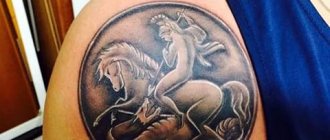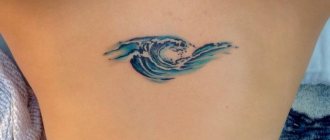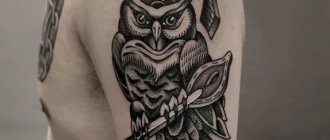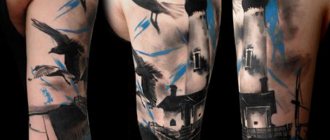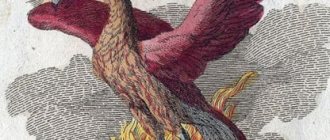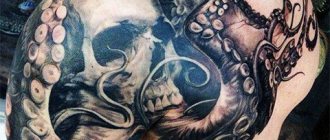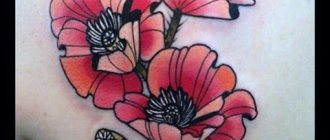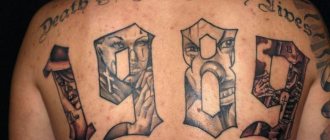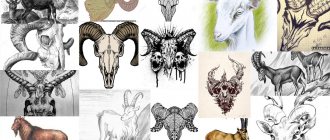Since ancient times, the eagle has been considered a symbol of courage, self-confidence and determination. He is rightly associated with the victory and power, and his image occurs in the culture of many peoples. The eagle is able to look at the sun without blinking, because of this, people often give him unique abilities. It is believed that he can carry the souls of the dead into the netherworld. Eagle tattoos are popular among both men and women. It is applied to the body of people determined and purposeful. Men often use the eagle to emphasize their militant nature, and the fairer sex - the desire to fight for justice.
The eagle in heraldry
There is a certain, historically established classification for symbols in heraldry. All symbols are divided into heraldic and non-heraldic figures. While the former, rather, show how different colored areas divide the very field of the armorial shield and have an abstract meaning (a cross, a border or a belt), the latter depict images of objects or beings, fictional or quite real. The eagle belongs to the natural non-heraldic figures; it is considered the second most common in this category after the lion.
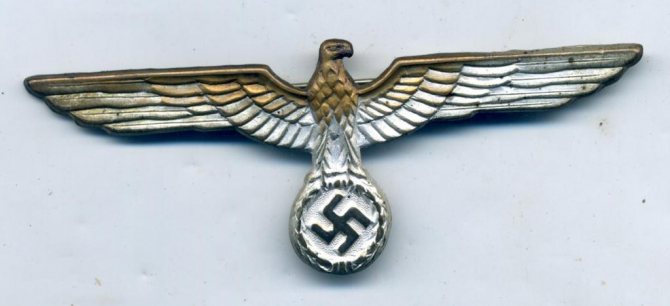
As a symbol of supreme power, the eagle has been known since Antiquity. The ancient Greeks and Romans identified it with the supreme gods Zeus and Jupiter. It is the personification of active solar energy, power and inviolability. Often it became the personification of the heavenly god: if a celestial reincarnated in a bird, then only in such a majestic one as an eagle. The eagle also symbolizes the victory of the spirit over earthly nature: soaring to the heavens is nothing less than the constant development and ascension over his own weaknesses.
The Eagle in German Symbolism
For historic Germany, the king of birds served as a heraldic symbol for quite some time. The eagle of the 3rd Reich is only one of its incarnations. The foundation of the Holy Roman Empire in 962 can be considered the beginning of this history. The double-headed eagle became the emblem of this state in the 15th century, and before that belonged to one of its rulers - Emperor Henry IV. Since then, the eagle has invariably been present on the coat of arms of Germany.
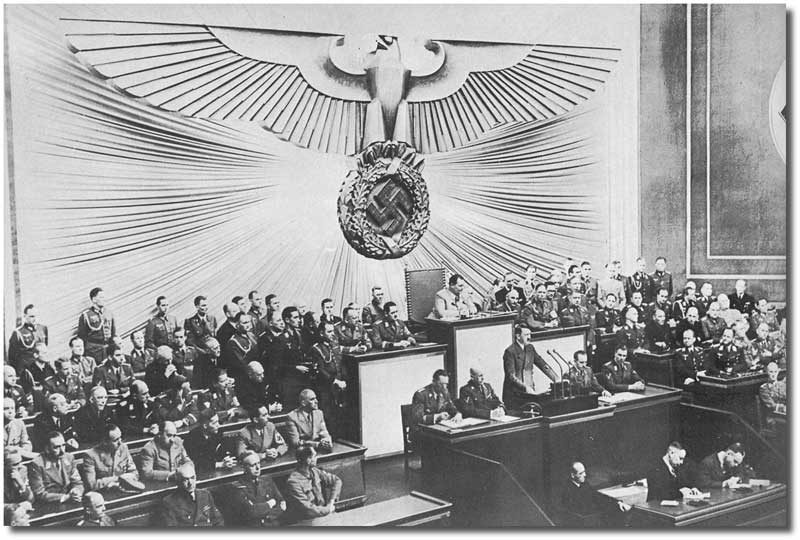

During the monarchy, the crown was placed over the eagle as a symbol of imperial power, in the period of the republic - disappeared. The prototype of the modern German coat of arms is the heraldic eagle of the Weimar Republic, adopted as a state symbol in 1926, and then restored in the postwar period - in 1950. During the Nazis came to power, however, a new image of the eagle was created.
Eagle of the 3rd Reich
After coming to power, the Nazis used the emblem of the Weimar Republic until 1935. In 1935, Adolf Hitler himself established a new coat of arms in the form of a black eagle with outspread wings. The eagle holds a wreath of oak branches in its paws. In the center of the wreath is inscribed the swastika, a symbol borrowed by the Nazis from Eastern culture. The eagle looking to the right was used as a state symbol and was called the state or imperial eagle - the Reichsadler. The eagle looking to the left remained as a party symbol called the Partaiadler, the party eagle.
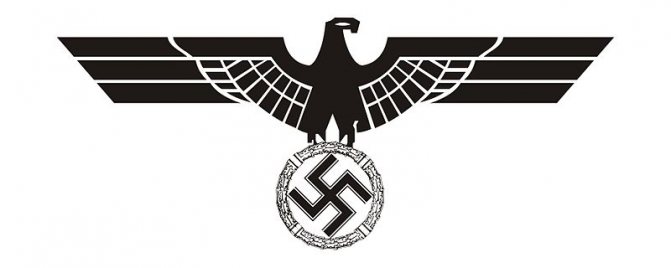

Distinctive features of Nazi symbols are crispness, straight lines, sharp angles, which gives the symbols a menacing, even sinister appearance. This uncompromising sharpness of angles was reflected in every cultural creation of the Third Reich. A similar grim majesty was also present in monumental architectural structures and even in musical works.
Specific SS tattoos.
The tradition of German military tattoos proper dates back to the Franco-Prussian War, when soldiers tattooed on the shoulder the image of "sweet Anchen" with a beer mug, "good Corporal Fritz" with a pipe in his teeth, sometimes - the emblem of the regiment - a drum, the name of the home town. Roughly the same was observed in World War 1. In general, rather little is known about those tattoos. We only know that tattoos in those days were considered a sign of bad taste, a habit adopted by the lower ranks from the sailors of the merchant navy. However, with the rise to power of the Nazis, most of whom were, as you know, "people of the people," the first "party" tattoos began to appear in the troops (primarily on members of the SS and SD).
They were small and laconic, usually a combination of a swastika, skull and bones, oak leaves and a brief motto ("God is with us," "Germany is above all," "Fuhrer. Duty. Homeland," etc.). Similar tattoos could still be seen on captive SS members in the 40's - early 50's in prisoner-of-war camps in Yelabuga, Nizhny Tagil and others.
In addition to the usual Nazi symbols and slogans, Wehrmacht soldiers depicted on their bodies their affiliation to the armed forces (tank, gun, crossed rifles or grenades, framed with a laurel wreath). Some had so-called "portrait" tattoos of wives with children, images of "deutsche Frau", usually made according to a template or copied from German postcards, images of angels carrying a ribbon with a patriotic motto, other subjects on religious themes. Much more interesting are the tattoos of "Kriegsmarine" sailors... Here, by tradition (as, however, for Russian and Soviet sailors), the so-called "staff tattoos" include the exact image of the ship on which the sailor served, the naval flag, sometimes anchors, guns and other maritime symbols. As for the members of the Russian Liberation Army, the Polizei and other allies of the Nazis, as well as the Latvian and Estonian SS divisions, those of them who allowed themselves to have Nazi "war tattoos" and were captured with them, most likely they simply did not survive to any Stalinist camps. In addition, it was not customary for them to flaunt their belonging to the "great German army", so to speak. Therefore, very little information about such images has been preserved.
The tattoo was located at a distance of 20 cm above the elbow of the left hand on its inner side. Size 7 mm, consisted of blood group (A, B or O). Below is a drawing from a book of a former SS soldier who was in an American captivity.
blutgruppe A
Mandatory tattooing was for members of the SS who had their blood group tattooed in addition to the letters "SS". The tattoos were placed on the upper arm, under the arm or on the palate and afforded the advantage of receiving medical attention in the front line hospitals, and in case of an accident they could be given a blood transfusion quickly. After the war, these tattoos served as a search for Hitler's criminals by international investigative bodies.
In 1935, Reichsratz SS Dr. Gravitz and Reichsfuhrer SS Himmler planned to introduce mandatory blood group tattooing for the SS and the Wehrmacht. However, this plan was rejected after complaints from the army. A blood type tattoo in Latin letters A, B, 0, AB (without the Rh factor, which was still poorly understood) about 7-10 mm in size at 15-20 cm above the elbow on the inner side of the shoulder was necessarily applied to the left arm of the SS-VT and SS "dead head" members. Most senior SS officers and foreign legionnaires did not have such a tattoo. Conversely, at the front, a doctor could tattoo the blood group in the hospital on a wounded man who had nothing to do with the SS. No specific font was followed, the lettering depended on the doctor applying the tattoo; the color was predominantly green; the letter is oriented correctly when the hand is down.
this photo shows a tattoo of a soldier from the 14th division of the halychyna SS.
The blood group was tattooed on the left forearm, 20 cm above the left elbow, measuring 7 mm. It was a letter, originally performed in Gothic script, then - in normal Latin. The letter was applied with pliers with dialed needles on one cheek. The place of tattooing was determined by analysis of combat losses during the First World War, it was the place that was least exposed to damage. Initially there were plans to introduce tattoos for all soldiers, but the Wehrmacht leadership opposed it (the idea came from the SS). Therefore only the SS were tattooed. Being in captivity, and after the war, the electricians tried to remove these tattoos. But people with scars in these places, during inspections, there was increased attention and checked them for service more carefully.
Klaus Fritzsche (Memoirs of a German fighter shot down over Astrakhan, about the peripeteia in captivity.) wrote in his memoirs that in the camp of German prisoners, the gabists fished out the SS by the tattoos of blood groups or scars on that spot. After identification, they were taken away.
In addition, he described one sad case: a downed bomber pilot jumped out of a parachute while seriously wounded; he was picked up by his own men and the nearest hospital was an SS hospital, where he was first given his blood type. Later he was taken prisoner and when they took him away, having noticed the letter under his armpit, he kept shouting that he was a pilot, the SS had no aviation, etc. The answer, of course, was: "The doctor said to the morgue, so to the morgue."
https://lib.ru/INPROZ/FRITZSCHE/6let.txt
...I got to know a veteran of the Leibstandarte "Adolf Hitler" in absentia. And here is a photo of the tattoo itself and its owner.
..A few hours with a grandfather with an excellent memory. He left an autograph in a book about the Leibstandarte. He remembers formation songs from the training camp, battles near Budapest. Then captivity. He remembered how he spent his childhood and youth in West Prussia. After the war he worked in a museum in Hamburg. One could feel a very strong will to live. They survived like that. Still thinks he was a good soldier.
…..
A few years ago I had a conversation with the famous European tattooist Helbert Hofmann (1919-2010). This powerful old man was doing body art in Hamburg even before ww2. He told me that the National Socialists didn't really encourage this art form, seeing it as the province of primitive people. His main clientele was sailors, both civilian and military. Naval traditions are stronger than ideology.) However, on the inside of his shoulder (biceps) of the servicemen of the SS the blood group was marked. The letter Latin (without rhesus) was written on the inside of the arm. During the war, Hoffmann fought in Wehrmacht units, was captured and spent several years in camps in the Soviet Union. Here, prisoners of war with such tattoos tried, if possible, to get rid of them, as being identified as an SS man meant if not a death sentence, then a significant deterioration in the treatment of the camp authorities. The tattoos of SS special units, as well as of Lithuanian, Estonian, Latvian SS members and others in the form of tanks, runic letters, images of soldiers and slogans cited in the book by Danzig Sergeyevich Baldaev are complete profanation and fabrication of unhealthy imagination of the author of this book.
Grandfather Hans Muller, 87 years old. Served in the 9th SS division. Was a Soviet prisoner of war, then moved to Canada and then to the United States.
Danish SS Legionnaire Svend Arne Larsen and his A.
.. SS tattoos on Latvians from the 15th Waffen Gren. SS in 1945 played a cruel "joke" the British and Americans transferred all Latvians with tattoos to the status of SS soldiers and sent them to a special camp. In 1945 in September the Latvian Red Cross repeatedly wrote the Americans that the Latvian tattoos were injected by medical, but not political reasons in separate cases by order of the German command.
- Comments (0)
Only registered users can post comments.
JComments
Symbolism of the swastika
More than 75 years have passed since the defeat of Nazi Germany, and its main symbol - the swastika - still causes a lot of censure in society. But the swastika is a much older symbol borrowed by the Nazis. It can be found in the symbolism of many ancient cultures and symbolizes the solstice - the course of the sun across the sky. The word "swastika" itself is of Indian origin: in Sanskrit it means "well-being. In Western culture, however, this symbol was known by other names - gammadion, tetraskeleton, phylphot. The Nazis themselves called this symbol "Hackenkreuz" - a cross with hooks.
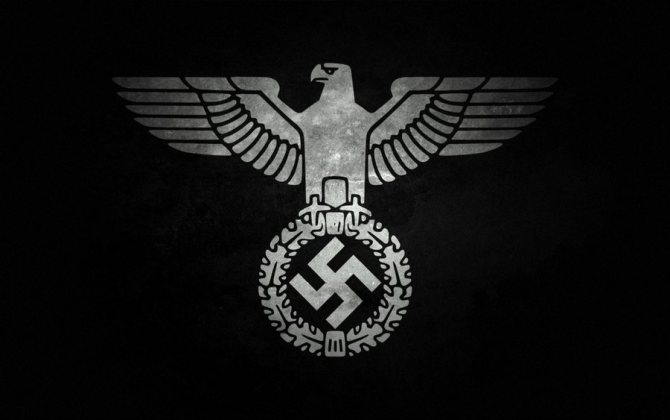

According to Hitler, the swastika was chosen as a symbol of the continuous struggle of the Aryan race for supremacy. The sign was unfolded by 45 degrees and placed in a white circle against a red cloth - this is how the flag of Nazi Germany looked like. The choice of the swastika was a very good strategic decision. This symbol is very spectacular and memorable, and the one who first gets acquainted with its unusual form, unconsciously feels the desire to try to draw this sign.
Since then, the time of oblivion has come for the ancient sign of the swastika. While previously the whole world did not hesitate to use the rectangular spiral as a symbol of well-being - from Coca-Cola advertisements to greeting cards - in the second half of the twentieth century the swastika was banished from Western culture for a long time. It is only now, with the development of cross-cultural communication, that the true meaning of the swastika is beginning to be revived.
The symbolism of the oak wreath
In addition to the swastika on the coat of arms of the Wehrmacht there was another symbol. In his paws the eagle of the 3rd Reich holds an oak wreath. This image means much more to the German people than the swastika. The oak has long been an important tree for Germans: like the laurel wreath in Rome, the oak branches became a sign of power and victory.
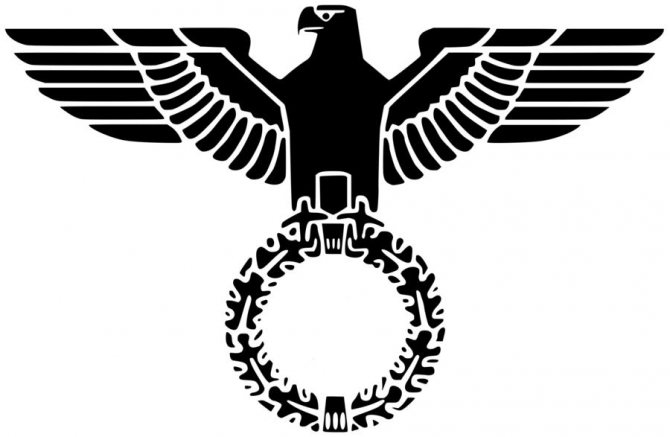

The image of the oak branches was meant to give the coat of arms owner the power and resilience of this regal tree. For the Third Reich, it became one of the symbols of loyalty and national unity. The symbolism of the leaves was used in the details of uniforms and orders.
The Nazi Eagle Tattoo
Members of radical minorities tend to push the degree of their allegiance to the group to the limit. Nazi symbolism often becomes a detail in tattoos, including the 3rd Reich eagle. The designation of the tattoo lies on the surface. In order to dare to immortalize the Nazi eagle on your body, you absolutely have to share and agree with the views of the National Socialists. Most often, the eagle is applied to the back, then the contours of the wings lie clearly on the shoulders. Similar tattoos can also be found on other parts of the body, such as the biceps or even the heart.
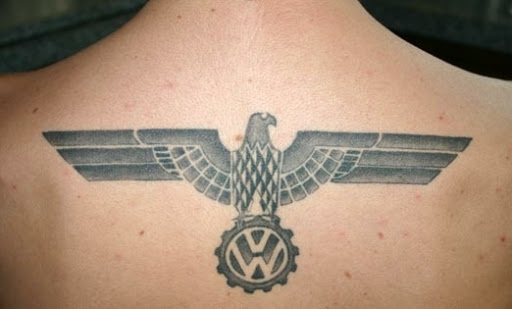

Why SS Tattoos
Waffen SS troops differed from ordinary Wehrmacht soldiers in their high level of political training and commitment to the ideas of Nazism. Germany highly valued each such soldier, so it strove to do everything to save his life.
This is why, on the back of the hand, all SS soldiers were tattooed with the identity of their blood group. This information could speed up the saving of a soldier's life if an urgent blood transfusion was needed in a hospital.
Such tattoos were made with a special branding that left a visible mark on the skin.
Notably, SS officers were not given such tattoos so as not to discredit them in case they were captured.
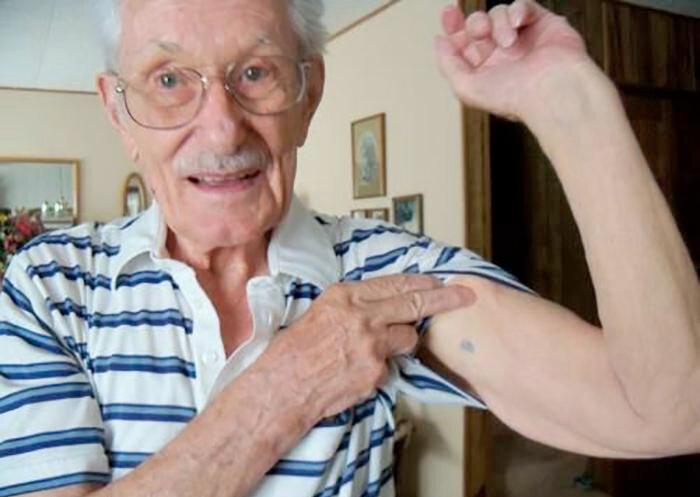

An SS veteran and his tattoo
If you think that the place for a tattoo is quite strange, then German experts will disagree with you. Even before the start of World War II, they collected statistics and found out that this is the part of the body that is least likely to be damaged.
After the war: the defeated eagle
In several museums around the world the defeated bronze eagle of the 3rd Reich is displayed as a war trophy. During the capture of Berlin, Allied troops were actively destroying all kinds of Nazi symbols. Sculptural images of the eagle, swastikas and other significant images were knocked off buildings without much ado. In Moscow, a similar eagle is displayed in the Central Museum of the Armed Forces of the Russian Federation (formerly the Central Museum of the Red Army) and in the Museum of the FSB Border Guard Service. The photo below shows a similar bronze eagle at the Imperial War Museum in London.
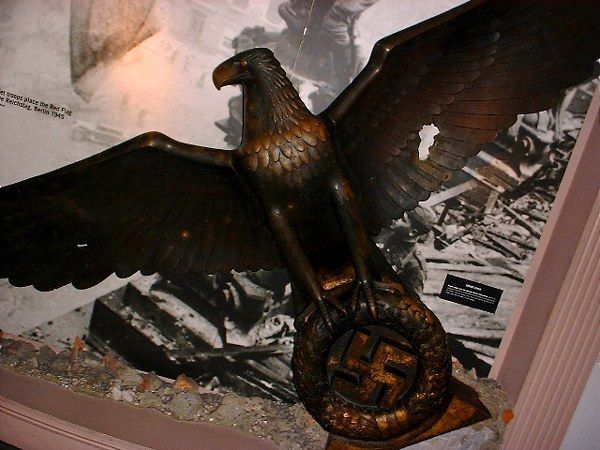

How did the tattoo owners live in captivity
I would like to point out that the Red Army had no order to shoot anyone with tattoos.
Indeed Soviet soldiers felt a certain contempt for the SS troops, so they preferred not to talk about the details of their service. Naturally there were cases of prisoners murdered because of their membership in the SS, but they were not widespread.
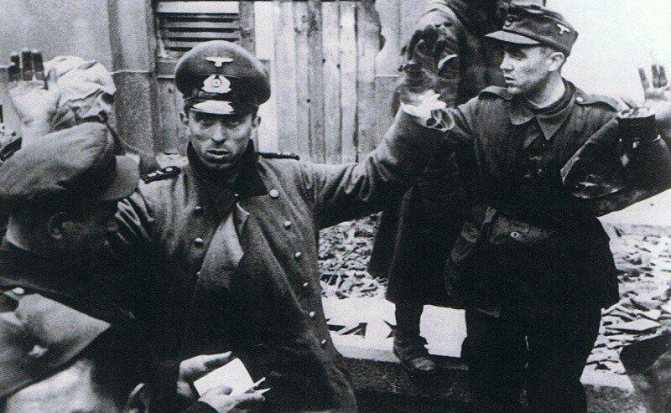

Germans surrendering to Soviet soldiers
But the "allies" had a real hunt for captured SS members. In the camps all prisoners were checked for the distinctive tattoo. There were cases when ordinary Wehrmacht soldiers, who foolishly made themselves such a tattoo, found themselves "under the fence.
It is worth noting that sometimes soldiers were given such tattoos in hospitals, especially without asking their wishes.
What else do you know about the tattoos worn by German soldiers?
The Wehrmacht eagle without the swastika
Today, the Wehrmacht eagle is still associated with Nazi symbolism. The characteristic silhouette and outline makes it possible to identify in any seemingly neutral image of the bird an eagle of the Third Reich even without the swastika. For example, a scandal erupted in the city of Orel in December 2021 because residents of Orel discerned a Nazi symbol in the decor of new benches. However, the local press notes that similar discussions about the similarity/unlikeness and associations with fascists arise around almost every new image of the eagle, not only in the city of the same name, but in the whole country. Remember, for example, the symbol of Spetssvyaz, an eagle with outstretched wings, was approved back in 1999. If you compare it with the subject of our article, you can see that the logo is really reminiscent of the eagle of the 3rd Reich in the photo.
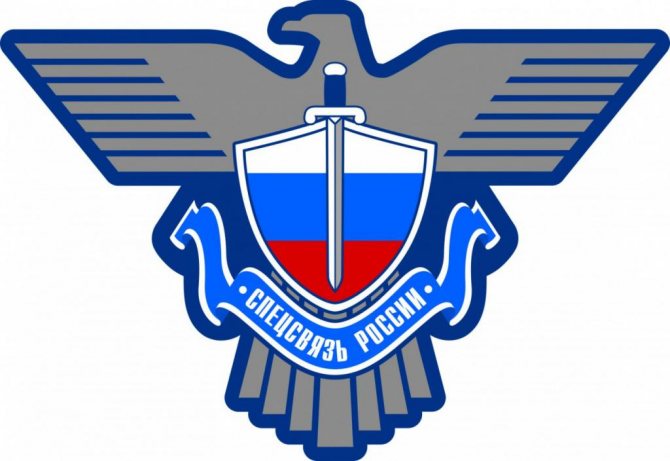

In addition to that part of the population that perceives any hint of Nazi symbols in the logo as a personal insult, there is also a category of people who treat this with humor. A frequent amusement of designers is to cut out the swastika from the image of a coat of arms with an eagle, so that anything can be inserted there. Moreover, there are even caricatures where any other character with wings can be instead of the eagle. For the same reason, the 3rd Reich eagle without a background, drawn in vector format, is popular. In this case it is much easier to "pull" it out of the original document and add it to any other image.
Characteristics and varieties
Tattoos in the form of an eagle feather were originally stuffed onto themselves by North American Indians. It represented their strength and courage. Today, such images are applied by people who seek career growth and set themselves global goals. The tattoo of an eagle soaring through the air, spreading its wings, suggests that its wearer is free-spirited and eager to explore new things. The eagle is considered the symbol of shamans and sorcerers, so it has long been endowed with various supernatural powers. His feathers are used in many rituals and ceremonies, so the tattoo with an eagle often symbolizes affiliation with any esoteric communities.
